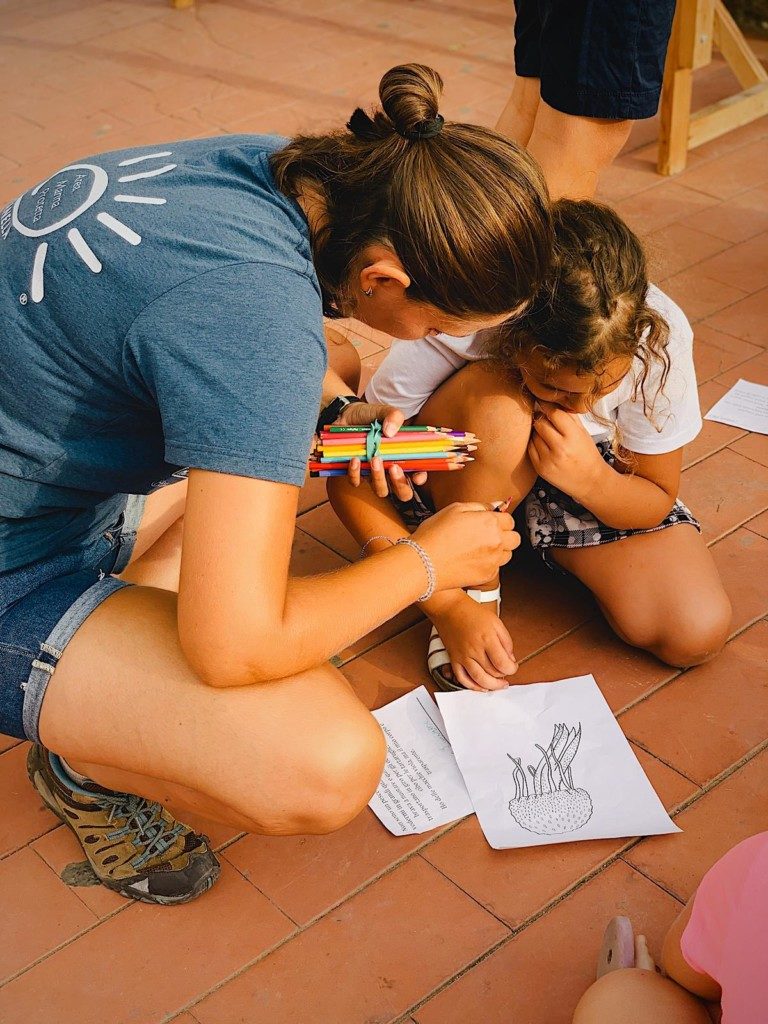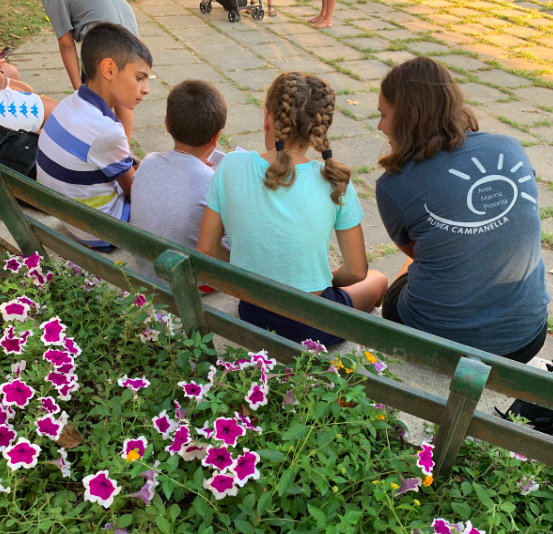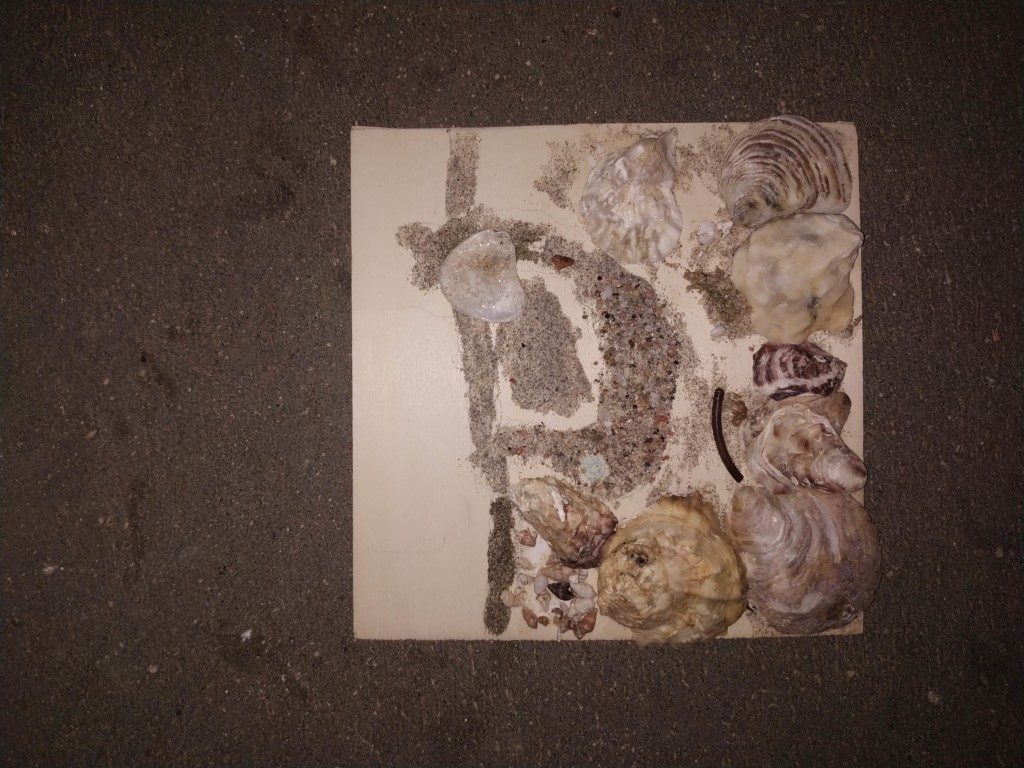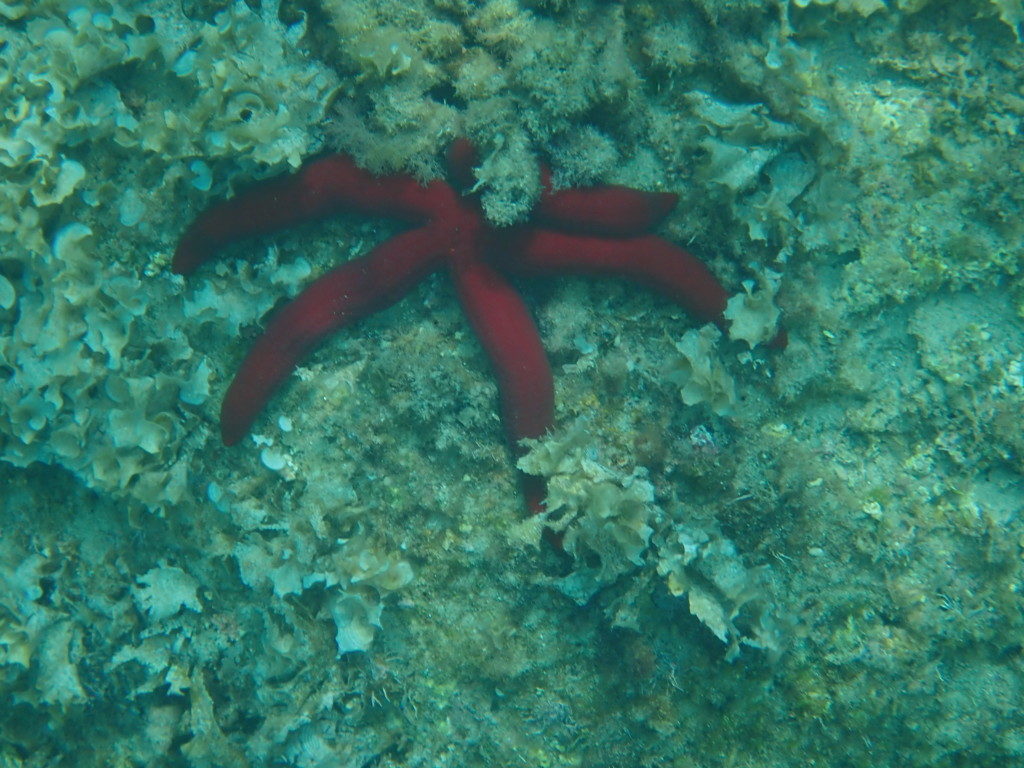Updated on October 9, 2019
Turtle Weekend in Cilento
September was the month of the turtles nest and Project M.A.R.E. was ready to go and assist with sea turtle (caretta caretta – loggerhead) nest monitoring. During all month of September we worked in 4 nest: At the beginning of the month there was one in Aseca and the end of the month there were two in Ascea and one in San Mauro. In this post we will speak about the last 3 nest, by our american intern Clare Srenshaw.
It has a global distribution, all around the Atlantic, Pacific, and Indian Oceans and the Mediterranean Sea. The average side is 90 cm, long carapace, 135 kg. They had a yellow-brown skin and reddish-brown carapace. Omnivorous diet, primarily benthic invertebrates.
Our campsites!
Let’s talk about the hatchlings!
The measure is around 4.6 cm and 20 g. The incubation temperatures range is from 26-32ºC and the sex depends also on the temperature.
28ºC -> males
30ºC -> equal mix
32ºC -> females
The incubation in around 80 days. Researchers use the chart (see next picture) to determine what stage of development unhatched embryos are at.
During the hatchling, researchers kept track of the number of eggs (hatched and unhatched). Swabbed unhatched eggs to test for parasite and fungus. Candle unhatched eggs to determine presence of an embryo. Took multiple size measurements of the hatchlings, as well as physical characteristics like scute count.
Ascea Nest 1
- 73 hatched eggs
- 64 unseen, found 7 alive and 2 dead when nest was opened
- The 7 were thin, weak, and abnormally shaped
- 64 unseen, found 7 alive and 2 dead when nest was opened
- 12 not hatched/developed eggs
- A few at stage 26-27
- Many hardly developed, maybe to stage minor 11

Egg collection and crowd in Ascea 
Opening the nest
Ascea Nest 2
- 59 total hatched eggs
- 55 unseen, 1 Wednesday night, found 3 alive when nest was opened
- 15 not hatched/developed eggs
- 1 pipping
- ~half developed to stage 26-27
- ~half not developed
San Mauro Nest
- 0 hatched eggs
- 66 not hatched/developed eggs
- 5 pipping
- 35 at stage 30
- 1 stage 29
- 25 at stage minor 11

What went wrong?
- Ascea nests
- Due to temperature fluctuations leading up to the expected hatch date, they could’ve hatched early.
- OR the sensor used to take the measurements used to determine the hatch date could’ve been calibrated wrong.
- The 7 disfigured were likely trapped in the nest since the time the others hatched, potentially crushed by the others or the weight of the sand.
- San Mauro
- It had rained earlier in the week on Monday, which caused run off from the city to rush over the San Mauro nest
- If it had not, the eggs would’ve hatched within the expected range.
Posted on October 6, 2019
Buoy Camp 2019
During the summer of 2019, other than our main project “la Baia al fondo del sentiero”, which is a project of protection in the bay of Ieranto, the project MARE also actively participated in another project in the same B area of the marine park.
As you already know the marine park is divided in 3 zones of protection. The territory of a marine protected area has a division in zones with different levels of protection – caled ZONE A, ZONE B and ZONE C. The intention is to assure full nature protection (ZONE A), also correct management of territory and use of eco-tourism (ZONE B), for the maintenance and development of local economy (ZONA C) and combining the conservation of environmental values with the sustainable use of the marine environment.
In the yellow zone you can find a place called “le Mortelle” where the people tend to forget the rules of the marine protected area, and our home work was, obviously, to remind them the importance of this zone, which is more protected than the green zones.
For this 5 years ago the main protected area of Punta Campanella made the “Buoy Camp” to encourage people to discover this beautiful marine environment without causing excessive damage.
In the camps limts there are 35 buoys available for seafarers. In the camp the smaller boats are moored nearer to the coast while the larger ones are moored more towards the open sea.
The mooring camp was made with the aim of protecting a very important plant for the marine ecosystem called Posidonia oceanica.
This plant has a slow growth, it produces oxygen and food for other species, and prevents coastal erosion: the objective of the buoy camp is to avoid anchoring which is destructive for the plant.
The buoy camp is divided by three lines based on the length of the boat:
The first row from buoy 1 to buoy 11 is for boats up to 10 meters
The second row from buoy 12 to buoy 29 is for boats from 10 to 20 meters
The third row from buoy 30 to buoy 35 is for boats over 20 meters
Data collected in June, July and August:
We had 1354 boats up to 10 m, 373 boats between 10-20m, 8 boats wider than 20 m and 3 boats during the night.
What was our role? What we did in practice? We were there to explain how this mooring camp works.
“Here we have the buoys to prevent the boats from anchoring, because we want to protect an aquatic plant: the Posidonia. Of course it is forbidden to fish in this area without authorisation. Enjoy the rich environment that is found in this area”.
We concluded by saying the rental price of a buoy for the whole day, this price varies depending on the length of the boat. The money we collected allows us to maintain the buoys. The installation system is the American “Manta ray” which does not destroy the Posidonia and each of the buoys costs 200,000 euros. And we always added that beyond the buoys further west is the green area where the anchoring is allowed.
This project has allowed us to work with other people of the marine park, to gain experience on a boat and to learn how to tie knots that seemed complicated at the beginning. At first it was difficult for us because there were many things to get used to and it was easy to make mistakes (and make our teachers angry, but over time we improved on two things: autonomy that is required in this work and the Neapolitan language, of course.
Posted on September 15, 2019
A Sea to Explore 2019
This is the end, my only friend, the end. Last Saturday, 7th of September, was the closure of A Sea To Explore. After more than one month, 8 activities and 5 impacts, we are so happy with our result, the knowledge we transmit to children and the fun we had together. So of course, this hard work deserves a summary post. Enjoy it!
DAY 1: INAUGURATION PARTY.
That was the day of meeting each other! We all presented ourselves with our names and our favorite marine animal …. Obviously, the seahorse, the turtle and the dolphin are the most successful animals among the children. We played treasure hunt, we colored the ground and beautiful designs of marine animals and algae, and of course, we ate! Delicious dishes prepared by our volunteers from their countries and pizza.
DAY 2: INVASIVE SPECIES
In this day we learned about the invasive species in the Mediterranean and the danger they could cause to the local ones. Through different active and funny games, we showed to the kids how these harmful species are more resistant and capable of taking from the resources of the natural specie and we presented them different scenarios where the invasive specie can be introduced in our habitat.
DAY 3: IERANTO EXCURSION
The day began in Nerano, together we made the path that leads to the beautiful Ieranto. Jumping from the platform, swimming, laughing and learning, are the words that make up the summary of this day in which our children have done Kayak, Snorkeling (starfish – Posidonia – algae – many fishes …., amazing !!!!). We enjoyed seeing all the kids swimming like a real fish and even with 5 years in the Kayak with their parents.
DAY 4: HABITAT DESTRUCTION
It was time to make a home, our home… our habitat! All our children have become different organisms with their habitats (sand, rock, water colony …), so we talked about the destruction of the habitat that so many suffer because of human activities.
DAY 5: TYPES OF FISHING
Beach cleaning, speaking with a fisherman about tradicional fishing… and playing amazing games about the different types of fishing (traditional, industrial and sportive). We had so much fun capturing and playing. Finishing with a night kayak and snorkeling excursion.
DAY 6: CHARACTERISTIC OF FISHES + OVERFISHING
It was a beautiful day in the beach of Nerano. The water and the boards were waiting for us to draw underwater, but, before this, we studied a bit the main characteristics of the fish. Our kids, left us with no words, with their designs underwater and they became a real fisherman and they could see the consequences of the overfishing.
DAY 7: CLIMATE CHANGE + MARINE LITTER
Understanding the climate change, causes and consequences. We opened our “Rifiuti di mare” restaurant to our children, so they could “eat” delicious pieces of plastic, cans, nets, paper that we found between the real food in the sea.
DAY 8: FINAL PARTY
Sand time! This day we all prepared our marine design with sand and we had so much fun with it! Also we could see the composition of the sand with microscopes.
Thanks to all the people that has participated!
Updated on September 9, 2019
My first week in Sorrento
Arriving at Sant’Anna Institute was the most pleasing sight that I could have asked for. After many airports and many long hours, it was amazing. It’s been about nine days since we’ve all arrived, and every day I still can’t believe that I made it to Italy. For me, it’s a personal dream come true. Everything here is just as lovely as I expected it to be; the sights, the food, the people. Everyone that I have met both at Sant’Anna and around the town of Sorrento have been so nice and welcoming. Although the school is very small compared to what I am used to back in America, everyone is getting along better than expected and we all hang out together, often. The best blessing at Sant’Anna has been my roommate. Coming here, I was so nervous about who I was going to be living with because my last roommate experiences have not been the best. The friends that I have made this far have also been the sweetest people that I could have hoped to be friend. They have made my beginning experience at Sant’Anna and in Sorrento much more enjoyable and stress free.
In the beginning days of my study abroad adventure in Sorrento, the cultural differences and surroundings were obviously very different than my usual sights in America. There’s not really a large grocery store or chain store around such as Walmart or Target, but rather small markets scattered around the city. They’re small and cute and have everything I need, most of the time. Sometimes I do need to go to multiple markets to find everything that I want to buy. Public transportation is more prevalent here as well. In America, the only kind of public transportation that was available to me was the school bus or campus shuttle, and sometimes the metro to Washington D.C. and the subway in New York City when I visited my friends. But the biggest change that I see, and personally stresses me out, are the roads and the driving. In Italy, the roads are much smaller, and most of the time it seems that they’re barely large enough to fit two passing cars. Many more people have motorcycles or scooters compared to the United States. It’s amazed me since day 1 that I haven’t seen an accident yet, despite how dangerous everything seems.
I started an internship at Ieranto Bay, about an hour away from Sant’Anna. The other interns and I have to travel there by bus, then take about a 30 to 45-minute hike to get to the area. I don’t think that I will ever intern in a more beautiful place than Ieranto Bay. The water is so clear that I can see a significant distance below my feet without question of what it may be. The first day of the internship, we hiked, did a beach clean-up, kayaked around the bay, and snorkeled into an underwater cave. It was way more than what I was expecting to do on the first day because the first day of my previous internship, we sat at computers and did orientation modules for many hours. Comparing this internship to the internships that the other students at Sant’Anna have, we were certainly lucky because this one is by far the most exciting, immersive, and thrilling. Seeing the work that the other volunteers do for the marine protected area is incredible, too. They inform the public about the importance of the ocean and its impact in our everyday lives. That information is vital, because the general public usually isn’t aware of just how much the marine environment is involved in our daily lives. The project also involves going to schools and teaching kids about the marine environments near them, such as Ieranto Bay, and of course the Mediterranean Sea. When knowledge is taught at a younger age, it can potentially inspire kids to go into the marine conservation fields, or even any environmental field in general. Personally, I was exposed to the beauty and importance of the ocean at a young age, and so from when I was about 6 years old, I’ve had a constant desire to work with the marine environment and here I am!
I have high hopes for this internship as well, because I love hands on learning, and I feel as though I’ll get a lot of experience working directly with my environment with this work. At my home university, most, if not all of the experiences are inside the lab with very few excursions. I’m not able to go anywhere as beautiful with this much biodiversity back home.
A very fun and exciting thing to me are the volunteers and how they’re from all around Europe, and of course the Americas too since we’re now here. I’ve never been outside of America previously to this experience, and so meeting all these people from all over is so interesting and I can’t wait to see what the rest of the semester brings.
Posted on August 25, 2019
Ferragosto week: no stop
Neither the heat or the summer, August and the holidays stop us and we continue with our work in the bay of Ieranto.
Infopoint in Ieranto.
Welcome to the Infopoint in Ieranto! Here you can find a world of information, from books about biodiversity of Ieranto and the Mediterranean, marine protected areas… among others. During the lasts months we prepared posters that shows the 5 major impacts that the sea is suffering at the moment: invasive species, habitat destruction, climate change, marine litter and pollution, overfishing… Here you will also find information about FAI (Italian Environmental Fund) which manages the land part and works together with us in activities such as cleaning of the platform, the beach, the path, as well as providing information and extra activities to all the people who come.
National Youth Agency.
On August 15th we welcomed the team of the National Youth Agency. An intense day full of emotions immersed in nature, including excursions to Ieranto, diving and cleaning activities, conservation and protection of biodiversity of the Marine Park of Punta Campanella.
Coast Guard and sea urchins.
This week there was a person in the bay taking sea urchins. Fortunately, the people on the beach were attentive and came to inform us of the situation. Finally, the Coast Guard came and found this person. With this we want to ask all the people who see some action illegal you can inform the people in charge of the area, with this contribution you help a lot to preserve nature.
Monitoring. Ieranto data.
Excursions in Ieranto.




















































































